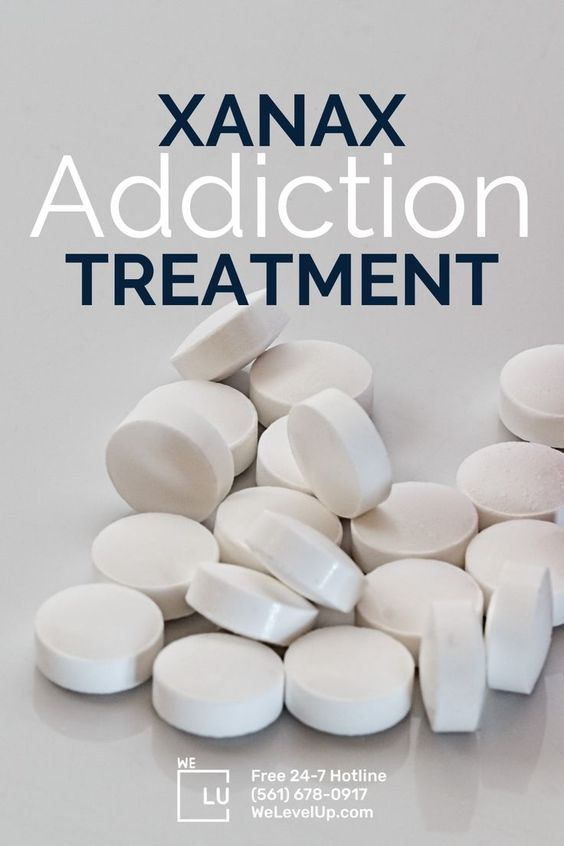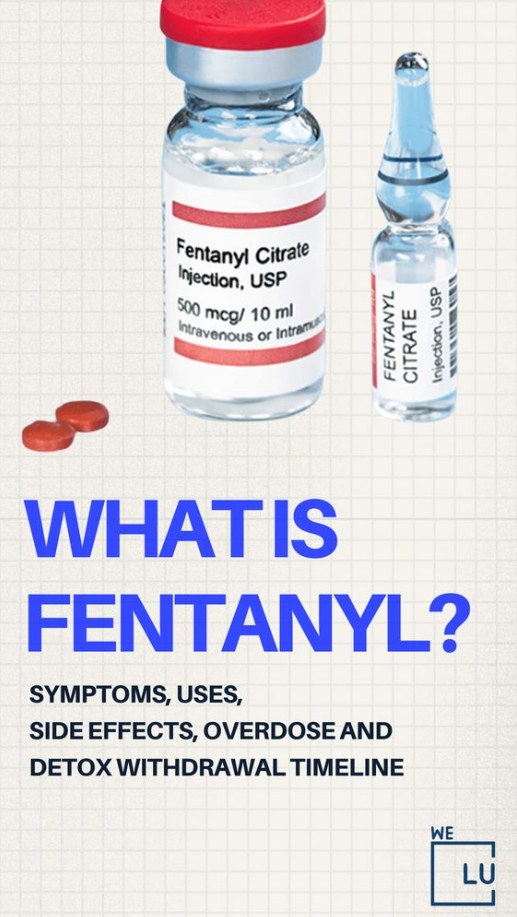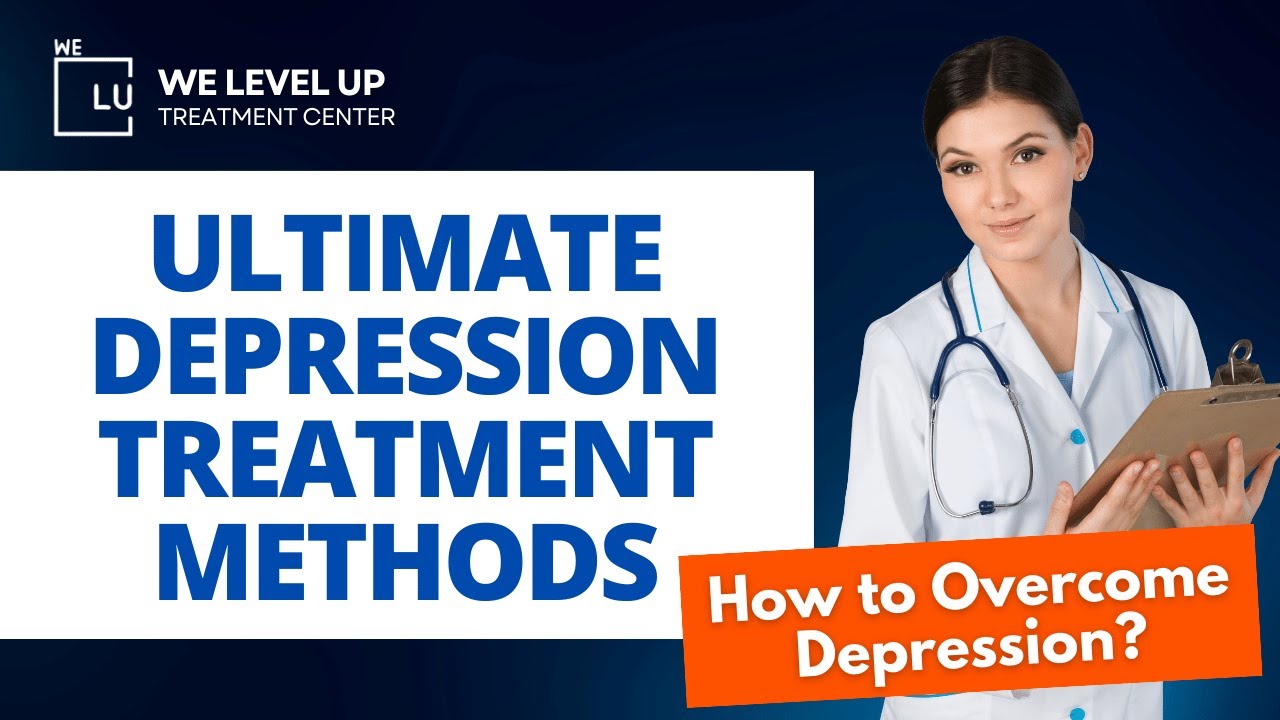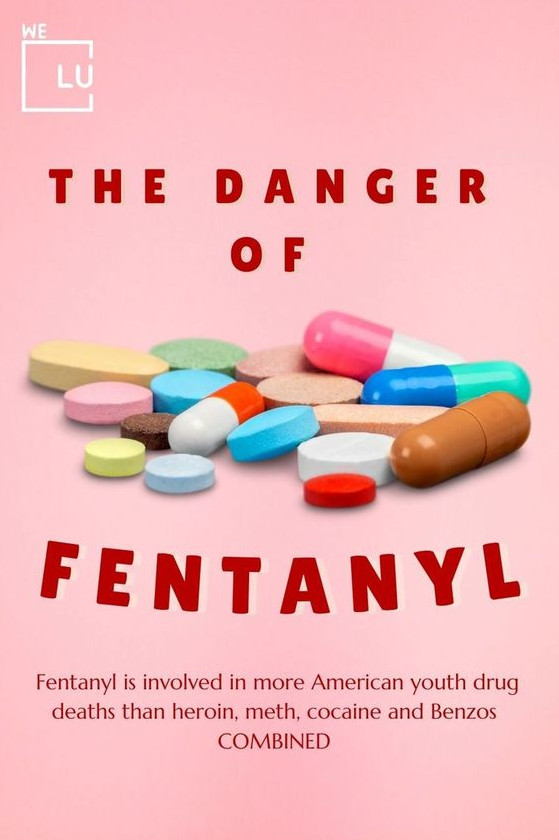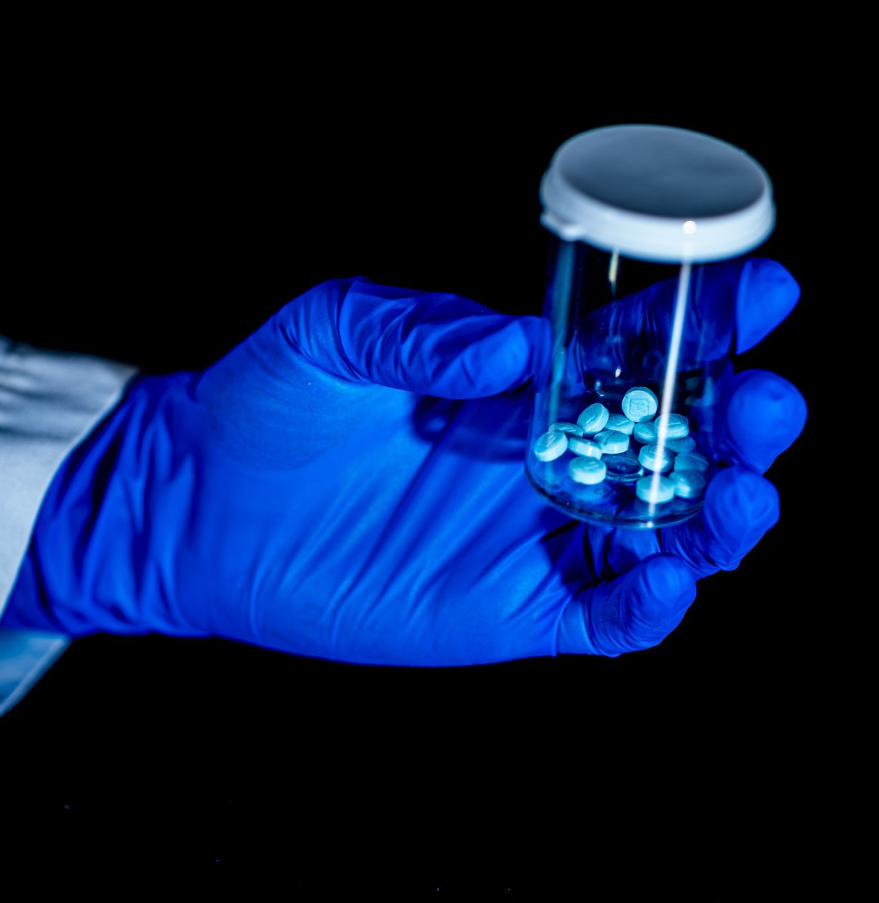What Is Fentanyl?
What does fentanyl look like? Fentanyl is a powerful synthetic opioid analgesic that is similar to morphine but is 50 to 100 times more potent. It is a Schedule II controlled substance [1], and it is medically used to treat patients with severe pain or to manage pain after surgery. It is also sometimes used to treat patients with chronic pain who are physically tolerant to other opioids. What does fentanyl look like? In its prescription form, fentanyl is known by such names as Duragesic, Actiq, and Sublimaze. According to the National Institute of Health (NIH) [2], fentanyl may be habit-forming. Taking certain medications with fentanyl may increase the risk of developing severe or life-threatening breathing problems, sedation, or coma.
The most recent fentanyl overdose and death cases in the U.S. are linked to illegally made fentanyl. It is sold through illegal drug markets for its heroin-like effect. It is often blended with heroin and/or cocaine as a combination drug —with or without the user’s knowledge—to increase its euphoric effects.
According to the Center for Disease Control and Prevention (CDC) [3], rates of overdose deaths involving fentanyl and fentanyl analogs (carfentanil) increased by over 16% from 2018 to 2019. More than 36,000 people died from overdoses involving synthetic opioids, including fentanyl, in 2019.

How long does fentanyl stay in your system? This is a common question that many abusers of the drug may have. Since fentanyl can be administered in so many different ways, the administration method determines how long the effects last and how long it may stay in your system. When someone who suffers from an addiction to this drug suddenly stops using it, fentanyl withdrawal symptoms can occur. It is important to remember that recovery from fentanyl addiction takes much more than simply ending drug use. The underlying causes of the addiction and the mental illness from the addiction itself must be addressed for the best chances of a successful fentanyl addiction treatment and recovery.
What Does Fentanyl Look Like?
What does fentanyl look like? Illicitly manufactured fentanyl has been specially designed to be more powerful than other opioids like heroin. This makes it a popular choice for drug dealers who want to dilute their product without their customers realizing it. While this might be good for the dealer’s bottom dollar, it’s actively harmful to individuals who can’t recognize fentanyl in their drugs. People can easily overdose without knowing what they’re taking, and a fentanyl overdose can be deadly without medical intervention.
Typically dealers will either steal fentanyl from local healthcare providers or make their own fentanyl at home, which can increase the risk of fentanyl overdose since it may not be chemically identical to fentanyl medication. According to the U.S. International Trade Commission report:
- Fentanyl and its analogs (Carfentanyl) are openly available on the internet through the public and dark webs, where buyers and sellers transact sales anonymously.
- China was the source of 97 percent of inbound shipments of high-purity fentanyl during 2016 and 2017.
- Cryptocurrencies such as Bitcoin are the preferred payment method, as these make the transactions easier, with anonymity, instant transfers, acceptance, and conversion to currency.
- The illicit drugs are imported primarily through clandestine shipments via the U.S. Postal Service (USPS), and to a lesser degree via express consignment operators (ECOs), FedEx, UPS, and DHL.
- Given the high purity of fentanyl illicitly manufactured in China, most illicit imports are less than 700 grams (1.5 lbs.) per shipment.
- What does fentanyl look like? After importation, these small batches of high-purity powder are often mixed with heroin (or other illicit drugs, including cocaine and methamphetamine) or pressed into pills, including counterfeit narcotics (e.g. OxyContin, Percocet).

What Does Fentanyl Taste Like?
What does fentanyl look like and its taste? There is no guaranteed way to identify what fentanyl tastes like. Different types of fentanyl mixed with different things may taste radically different, so a taste test is not an effective way to tell if something contains fentanyl. It does not have a super strong or bitter chemical taste compared to something like MDMA. Never try and smell fentanyl. or its analogs. Might be the last thing you ever do.
What Does A Fentanyl Pill Look Like?
What does fentanyl look like? Illicitly manufactured fentanyl can be in powder or tablet form. Fentanyl powder is placed on blotter paper, nasal sprays, or eye droppers. Color varies from off-white to light brown, similar to other illicit drugs like heroin and cocaine. Fentanyl can also be found in counterfeit pills that look like real prescription opioids.
Fentanyl can be difficult to identify, especially when it’s mixed into other drugs. However, there are a few steps you can do to spot fentanyl:
- What does fentanyl look like? First, check the color. Many illicit drugs, such as cocaine or meth, are pure white in powder forms. However, when they’ve been “cut” with another substance, like fentanyl, their color can change. Usually, fentanyl creates patches of brown spots in the product. This can be useful in identifying fentanyl in drugs. However, this method is far from foolproof, but if you do see brown spots in your drugs, they may be laced with fentanyl.
- Fentanyl pills have surged into communities. These are pills that appear to be Oxycodone, Xanax, or other prescription drugs, but are actually laced with fentanyl. Dealers also marketed these pills as another opioid, ecstasy, meth, or benzodiazepines. What does fentanyl look like? In some instances, the numbering on the pill, or the color may be abnormal, which can help spot fentanyl. However, just as often, there is no clear physical difference to identify a fentanyl pill.
What Does Fentanyl Powder Look Like?
What does fentanyl look like? When sold as a powder, fentanyl can look at varying levels of off-white to light brown. When it is mixed into other powders, fentanyl tends to bring an off-brown color to the mixture.
Signs of Misusing Fentanyl
What does fentanyl look like and common symptoms of misusing? Some of the signs someone is on fentanyl or abusing fentanyl include:
- Euphoria followed by depression or confusion
- Slowed heart rate and breathing
- Weakness and trouble walking
- Stiffness of muscles
- Dizziness
- Fainting
- Shaking
- Slurred speech
- Drowsiness
- Nausea and vomiting
- Itching and scratching
- Pinpoint pupils
- Hallucinations
- Urine retention
- Dry mouth
- Loss of appetite
- Sleeping problems
- Swollen arms or legs
While the above are signs of someone taking fentanyl, there are also long-term effects that develop if someone chronically abuses the drug. Some of these include gastrointestinal problems, a weakened immune system, and the potential for seizures to occur. With the chronic use of fentanyl, sedative effects may increase over time as well. What does fentanyl look like and the signs of addiction? You may also notice someone is on fentanyl if they go through behavioral or mental changes including paranoia, social withdrawal, a loss of motivation, or other personal changes.
How Is Fentanyl Addiction Treated?
We Level Up TX addiction treatment provides the needs of each patient that are specific and personalized, as we aim to provide comprehensive support for mental health, addiction, and dual diagnosis treatment.
Fentanyl Detox In Texas Inpatient Rehab
Because fentanyl abuse involves using multiple drugs, the first step in treatment is detoxification. It will help you navigate the complicated withdrawal process, but it doesn’t address patterns of thought and behavior that contribute to drug abuse. Various treatment approaches and settings can help provide the ongoing support necessary to maintain long-term sobriety after you complete detox.
Cravings are very common during detox and can be challenging to overcome. This often leads to relapse. Constant medical care provided during inpatient treatment helps prevent relapse. Clinicians can provide necessary medication and medical expertise to lessen cravings and the effects of withdrawals.
Psychotherapy
Several different modalities of psychotherapy have been used in the treatment of depression including:
- Cognitive Behavioral Therapy (CBT) – It is an effective treatment that involves making changes in both the patterns of negative thoughts and the behavioral routines which are affecting the daily life of the depressed person for various forms of depression.
- Dialectical Behavioral Therapy – It is a comprehensive mental health and substance abuse treatment program whose ultimate goal is to aid patients in their efforts to build a life worth living. The main goal of DBT is to help a person develop what is referred to as a “clear mind.”
- Person-Centered Therapy – It is a strategy that allows and encourages clients to understand and resolve their concerns in a safe, supportive environment.

Dual Diagnosis Treatment Centers Texas
Substance abuse and mental health disorders often co-occur. In many cases, traumatic experiences can result in a mental health disorder and substance abuse. Dual diagnosis rehabilitation treats both of these issues together. The best approach for the treatment of dual diagnosis is an integrated system. In this strategy, both the substance abuse problem and the mental disorder are treated simultaneously. Regardless of which diagnosis (mental health or substance abuse problem) came first, long-term recovery will depend largely on the treatment for both disorders done by the same team or provider.
Medication-Assisted Treatment Inpatient Rehab Texas
Medication-Assisted Treatments (MAT) for substance use disorders and mental health disorders are commonly used in conjunction with one another. This includes the use of medications and other medical procedures. During your rehab, the staff from your treatment facility will help you identify what caused your addiction and teach you skills that will help you change your behavior patterns and challenge the negative thoughts that led to your addiction. Sometimes, the pressures and problems in your life lead you to rely on substances to help you forget about them momentarily.
If you or a loved one are struggling with long-term polysubstance abuse and a co-occurring mental health condition such as anxiety and depression, contact one of our helpful treatment specialists today. We Level Up TX can provide information on dual diagnosis and detox programs that may fit your specific needs.
Call today to speak with one of our treatment specialists. Our counselors know what you are going through and will answer any of your questions such as “what does fentanyl look like?”
